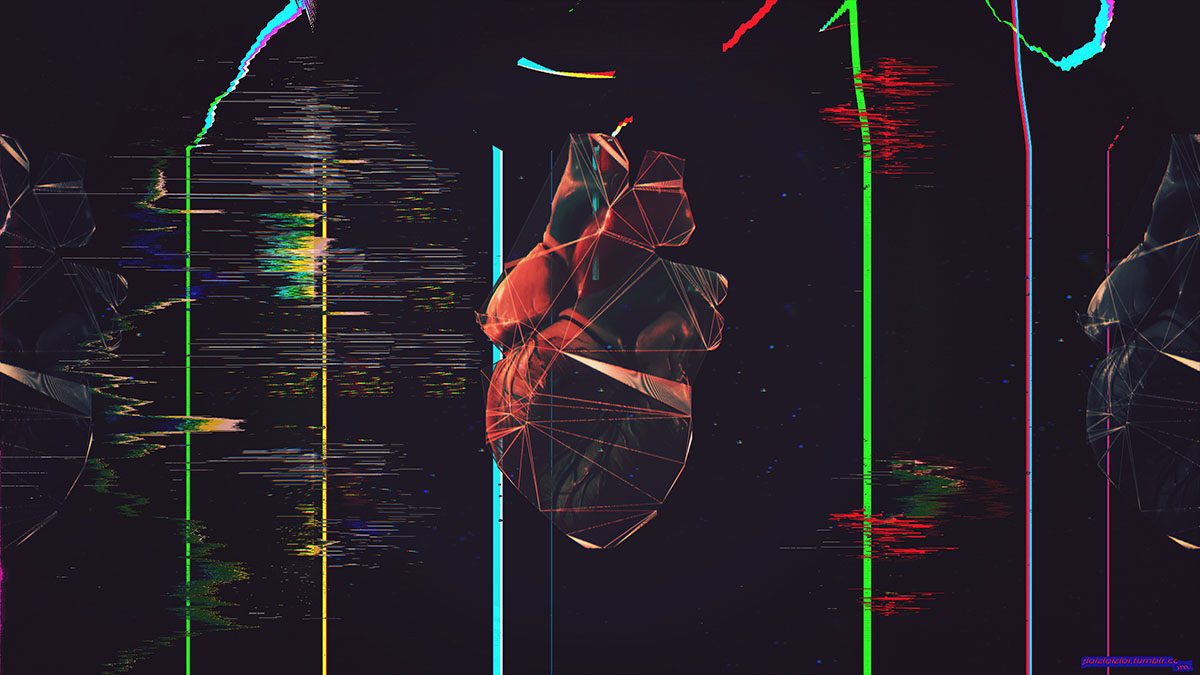why we can’t grow a mature, implantable heart for you just yet

Transplants save lives. Without them, thousands of patients every year with failing or damaged vital organs would have little hope of survival. But the sad truth is that modern transplants, with all the advances in organ preservation and post-operative care decades of clinical practice and research have given us, are still far from perfect. Putting one person’s living heart into another person’s chest isn’t like swapping engines between two cars of the same make and model. It’s more like trying to infiltrate a crucial post in a massive organization. Another heart is seen as a foreign object that must be attacked by the recipient’s immune system and destroyed, requiring a lifetime of immunosuppressive drug treatments which leave him or her vulnerable to a whole host of health problems and making treating those problems really complicated. And that’s if an acceptable donor can even be found, which isn’t the case for almost half the patients waiting to get a new organ. Hence there’s been a lot of interest in creating artificial organs for permanent implantation. It solves the donor problem and would require no immune suppression, but at the same time, we’re not sure how well we truly understand how these vital organs really work.
Since we are talking about vital organs after all, it’s going to take a long time for perfect robotic versions of hearts, lungs, kidneys, and livers to be ready for standard clinical use, but people in dire straights are dying now. In a perfect world, we’d just use their stem cells to 3D print them a new organ and implant it weeks after determining that a transplant is necessary. This approach has the same benefits as artificial organs. Since you’re the donor, there’s no waiting for a good math because your tissues are simply being put back into your own body, and since your body knows these tissues, it shouldn’t attack them. Plus, if we grow an organ based, we know it’s not going to be different from the one it’s replacing so we don’t have to guess if we built it right. But growing organs is difficult and the science has to progress in baby steps. We know how to grab the collagen scaffolding on which to grow the right tissues, and we can grow them into what oh so tantalizingly looks like a complete organ, but is still immature and not quite ready to go into a patient’s body. However, researchers are getting close. A recent experiment in Massachusetts resulted in an immature, weak, but definitely working, beating heart that looked healthy.
But why couldn’t they produce a mature, working organ? Well, the problem lays in how many of the donor’s cells they could harvest into a useful form. If they can figure out a way to get more out of the samples they can collect, the could grow a heart that could be viable for implantation and start the process of approving a very early clinical trial on a patient likely to do well after an experimental transplant. The good news is that the research to find these new ways is currently chugging along and scientists are working to better and better simulate the conditions of human bodies in which these cells will grow. Mature hearts are still years away, but there are definitely promising avenues and experimental data showing that we’re heading in the right direction. To think that just a decade ago all of this was still science fiction and science so bleeding edge, an informed skeptic could’ve been excused for saying that growing individualized organs could not be done in the foreseeable future. Despite the modern attitude that science takes forever to go from interesting ideas to everyday reality, when dealing with matters as complex as crafting an important organ just for one patient, science is actually moving at a breakneck pace.





